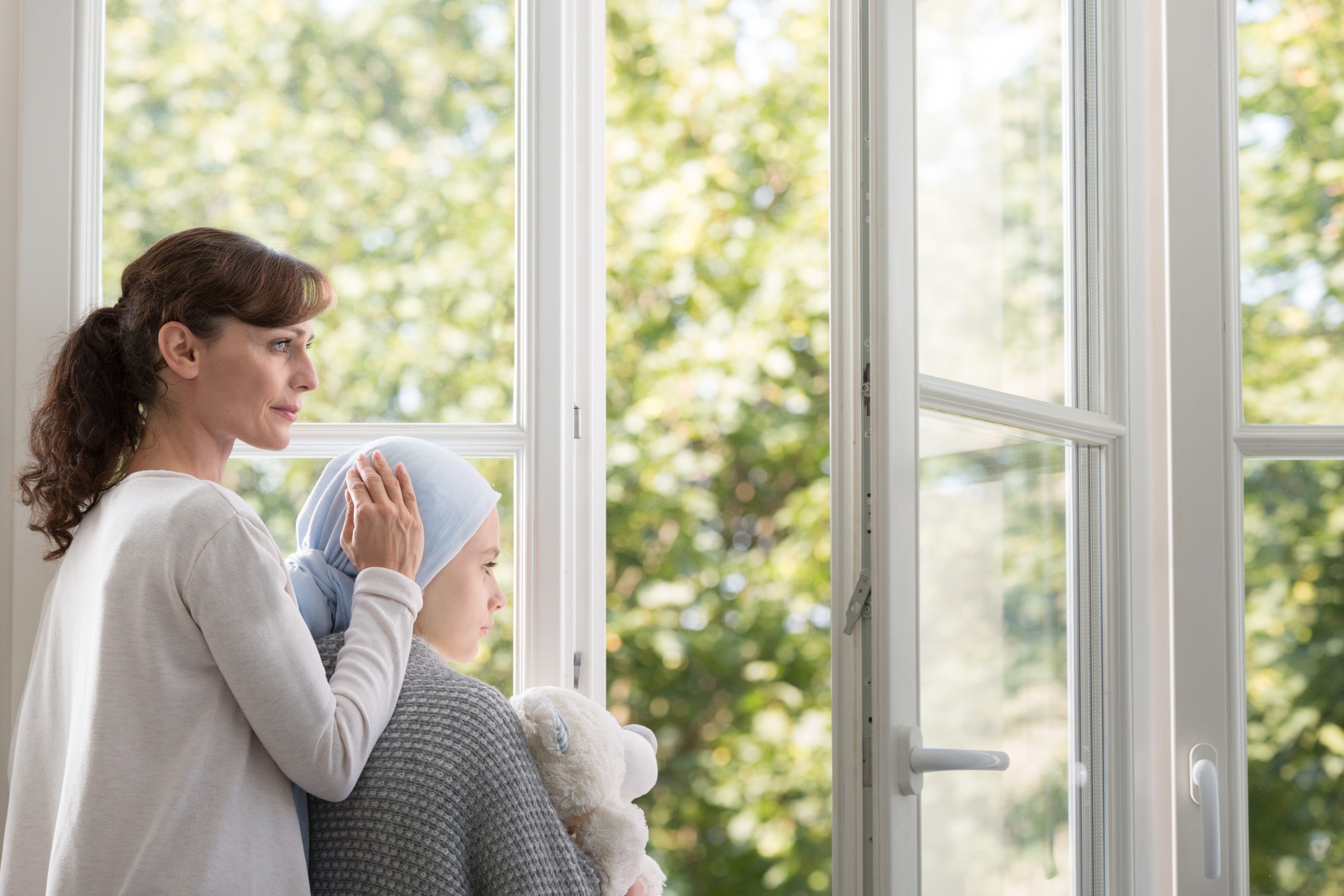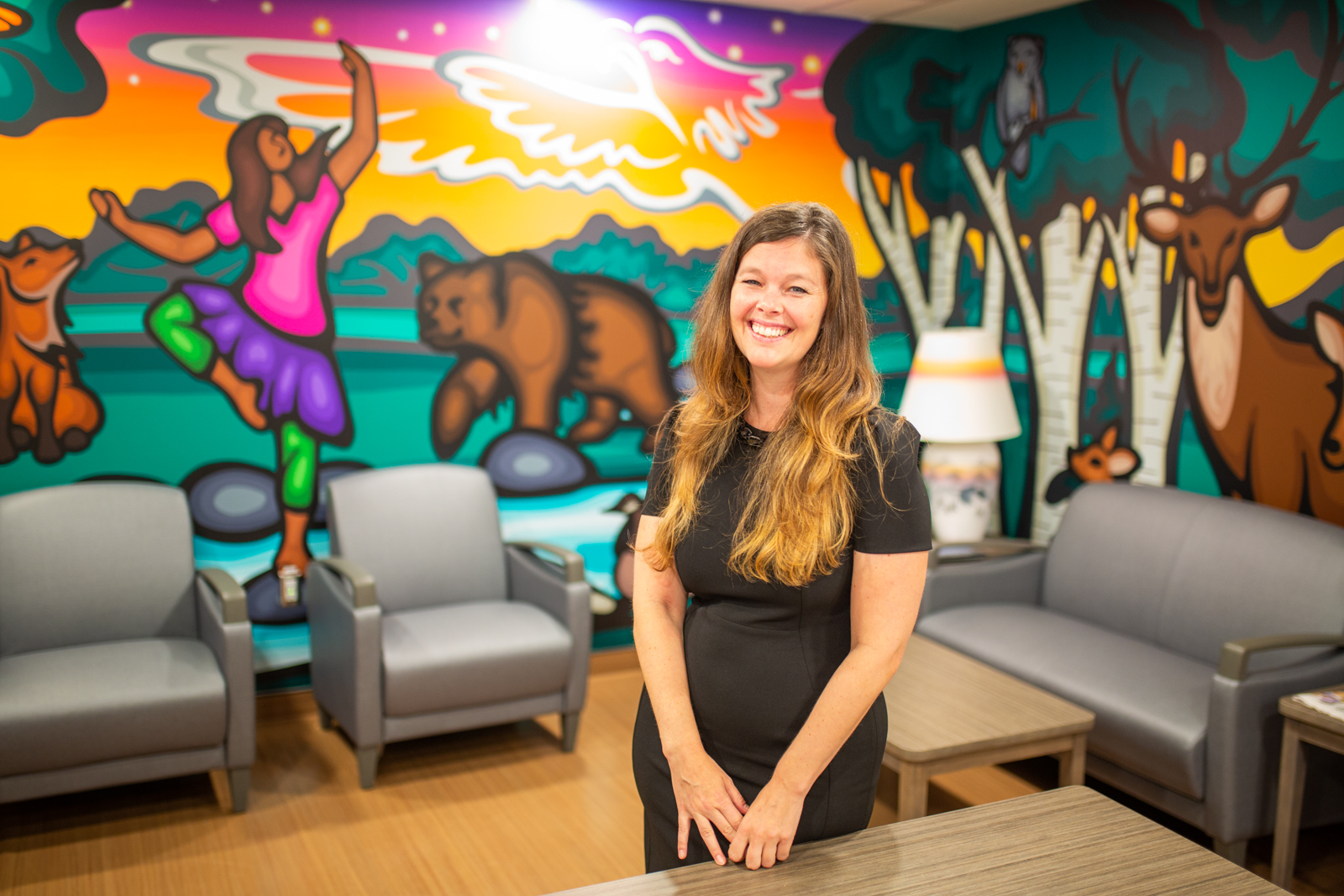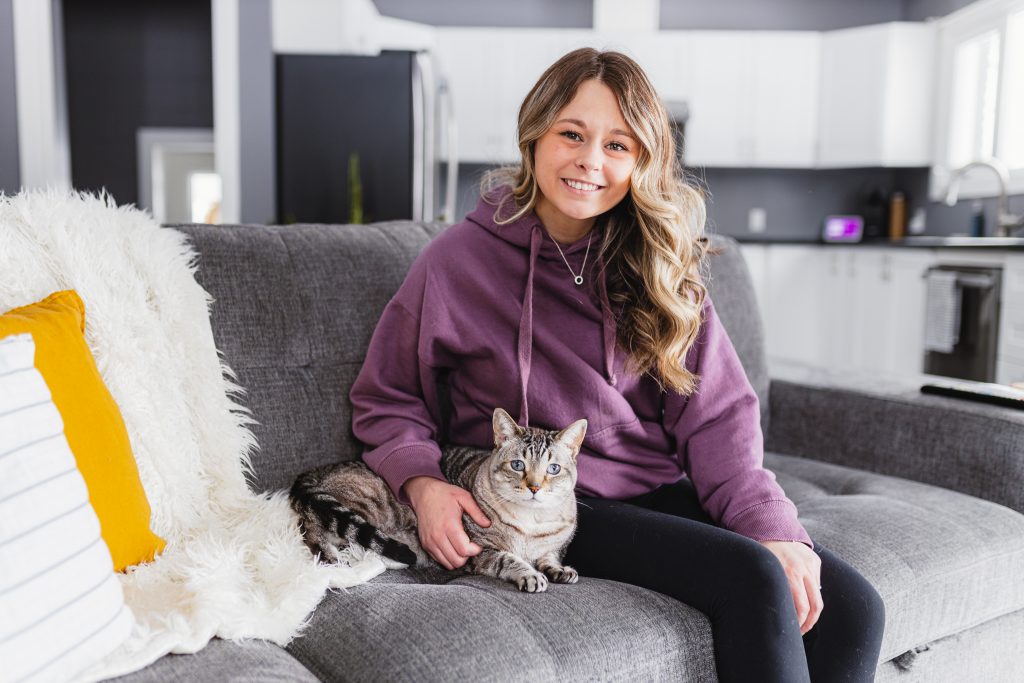
Beating childhood leukemia, then paying it forward to help others
Some teens take a break from school to find themselves. Jessica Cruickshank skipped her final year of high school to save herself.
When she was 17, the Norfolk County resident was diagnosed with childhood acute lymphoblastic leukemia (ALL). So instead of entering Grade 12 with her peers, she left school temporarily to focus on cancer treatment.
“We monitor these patients very closely.”
Cruickshank received chemotherapy for two years through Hamilton Health Sciences’ McMaster Children’s Hospital (MCH), beating cancer and going on to finish high school and earn a university degree in sociology. Now 30 years old, she’s finishing her social service worker diploma through Mohawk College with the goal of becoming a social worker. Between university and college she worked at Hamilton’s Ronald McDonald House on the family services team.
“I’ve always wanted to work in a helping profession,” says Cruickshank.
International Childhood Cancer Day
Feb. 15 is International Childhood Cancer Day, and this year’s theme celebrates improved survival rates, while working to save even more children.
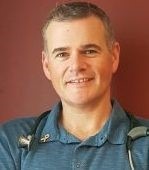
Dr. Paul Gibson, pediatric hematologist and oncologist at MCH, and associate medical director of the Pediatric Oncology Group of Ontario.
“Provincially, we expect that greater than 80 per cent of children diagnosed with cancer will be long-term survivors,” says Dr. Paul Gibson, a pediatric hematologist and oncologist at MCH. Gibson is also the associate medical director of the Pediatric Oncology Group of Ontario (POGO), a province-wide organization that partners with Ontario’s specialized childhood cancer programs to optimize cancer care for children, youth, their families and survivors.
Most common childhood cancers
The most common childhood cancers are leukemias — cancers of the bone marrow and blood. Cruickshank’s cancer, ALL, is the most common type, making up 80 per cent of all childhood leukemias, according to the POGO 2020 Surveillance Report.
How leukemia happens
Blood cells are produced in the bone marrow, and made up of red blood cells that carry oxygen, platelets that stop bleeding and white blood cells that fight infection. If cancer develops in the white blood cells, that’s called leukemia, of which ALL is one kind. Children diagnosed with ALL are either at standard risk, high risk or very high risk depending on factors such as their age, white blood cell count at diagnosis, the leukemia cell’s genetics, and how well they respond to their treatment.

When Jessica Cruickshank was a teenage cancer patient at MCH, she made ‘bravery beads’ at hospital programming for children and teens.
Since Cruickshank was a teenager at diagnosis, she fell into the high-risk category.
In the 1960s, most children with ALL died from the disease. But thanks to improvements in therapies and supportive care such as treating infections, today’s survival rate for standard-risk ALL children is a whopping 96 per cent, while it’s 70 to 80 per cent for children with high-risk ALL.
Gibson credits children and families who participated in clinical trials over the years for much of this success.
“These patients and their families are the heroes in this story.”
Clinical trials aimed at improving survival rates and reducing long-term side effects of cancer therapy take place worldwide. This research, conducted through national and international partnerships with patient volunteers, helps determine the safety and effectiveness of potential new treatments.
“These patients and their families are the heroes in this story,” says Gibson. “By participating in clinical trials, they’ve made it possible for researchers to find the best therapies, leading to improved survival rates and fewer serious long-term side effects.”
Surviving childhood cancer
Cruickshank was finishing Grade 11 when, during a shopping trip with her grandmother, she fainted. An ambulance took her to her local hospital in Simcoe where she fainted again. Tests revealed abnormal blood cells and she was referred to MCH.
“The diagnosis changed my life drastically,” recalls Cruickshank, who was just starting to enjoy her independence. “I loved hanging out with my friends and I was thinking about what I wanted to do after high school.”
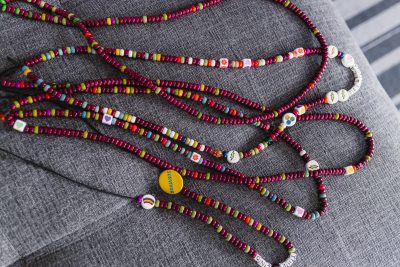
Every bravery bead represents part of Jessica Cruickshank’s journey – burgundy beads represent pokes with needles, red are blood transfusions, green are chemotherapy treatments, and others represent experiences like ambulance rides and hair loss. Rainbow beads signify the end of treatment.
Cruickshank underwent two years of chemotherapy, travelling to MCH for treatment. She stayed home from school for the first year.
“I was doing treatments every week and I didn’t feel well. It was hard watching everyone apply for colleges and universities and getting on with their lives, while I was at home feeling sick and going through treatment.”
For her second year of treatment Cruickshank returned to school, earning her high school diploma. “I was able to accomplish everything I wanted to, including going to university and college. It has just taken me longer.”
That’s a fairly standard pathway. “Children receiving treatment for ALL today typically undergo chemotherapy for two-and-a-half to three-and-a-half years, primarily as outpatients,” says Gibson.
“The first six to eight months are more intense, and patients face a higher risk of being hospitalized for complications such as an infection. For the remainder of treatment they’re usually in maintenance mode, with life returning to as normal as possible. These children return to school, take oral chemotherapy medication every day and visit their MCH health-care team about once a month.”
Good news for adult survivors
As well as achieving impressive long-term survival rates, the quality of life for adult survivors has also improved over the years.
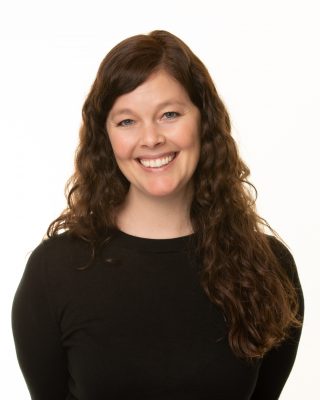
Dr. Stacey Marjerrison, MCH pediatric hematologist and oncologist, and medical director of MCH’s AfterCare Program.
“We’ve gotten to the point where the vast majority of standard-risk ALL survivors don’t experience significant lifelong health issues caused by the treatment they received as children,” says Dr. Stacey Marjerrison, an MCH pediatric hematologist and oncologist. Marjerrison is also medical director of MCH’s AfterCare Program, which monitors childhood cancer survivors throughout their childhood and for the rest of their adult lives.
Cruickshank is among adult patients who continue to visit MCH for follow-up at the AfterCare Program. She visits once a year where her check-up includes tests like a bone-density scan and echocardiogram, since long-term side effects of her treatment can include brittle bones and heart conditions.
“We monitor these patients very closely,” says Marjerrison. “We also learn from the experiences of past patients, which has led to advancements in treatment and long-term care over the years.”
“I’m all for anything that can help with advancing cancer care through research.”
Cruickshank is grateful for her lifesaving care, though she didn’t come through the experience unscathed. “My bones are really brittle. When I was in my early 20s I had both of my hips replaced.” She has not experienced heart problems due to medication she took as part of her cancer treatment.
Clinical trials
Cruickshank joined clinical trials during her treatment. “I’m all for anything that can help with advancing cancer care through research,” she says.
“When I was getting blood work, a little extra would be taken for a study. I also provided information about my lifestyle and diet for a study. By participating in trials I was paying it forward, because I knew that I was benefitting from those patients who came before me and took part in trials.”
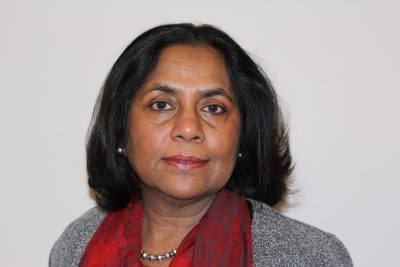
Dr. Uma Athale, MCH oncologist and hematologist. Dr. Athale oversees clinical trials at MCH conducted through the Children’s Oncology Group.
Dr. Uma Athale is an MCH oncologist and hematologist. Athale also oversees clinical trials at MCH conducted through the Children’s Oncology Group – the world’s largest organization dedicated to childhood cancer research.
“Thanks to therapy advances and clinical trials we can now treat ALL patients who experience resistant or recurrent disease with immunotherapy, which modifies or helps their own immune system to find and destroy cancer cells,” says Athale.
Immunotherapy can be used by itself or in combination with chemotherapy, depending on the disease status. The goal is to provide more effective control of cancer with less exposure to the toxic side effects of chemotherapy.
Clinical trials are currently underway at MCH that enroll certain groups of newly-diagnosed ALL patients in a randomized fashion to either receive or not receive immunotherapeutic agents in combination with chemotherapy.
Staying grounded
While high cancer survival rates are certainly a good news story worth celebrating, it’s also important to remember that some patients relapse, and some families still lose their children, says Gibson.
“If your child’s cancer happens to fall into the group of leukemias that can’t be cured, those impressive outcome statistics don’t matter,” he says. “This is what grounds us and drives us to continue aiming for even better survival rates and fewer long-term side effects for all childhood cancers. That’s why we’re so grateful for families that choose to take part in clinical trials.”

